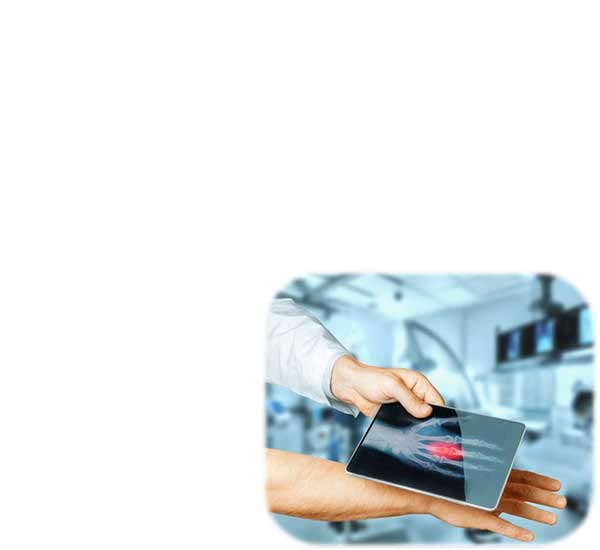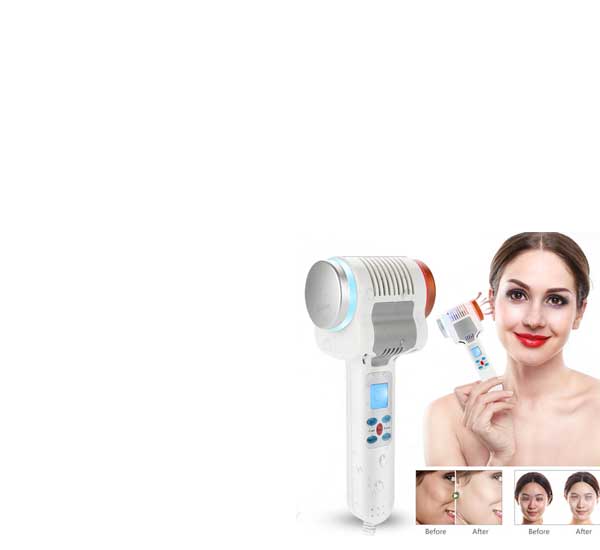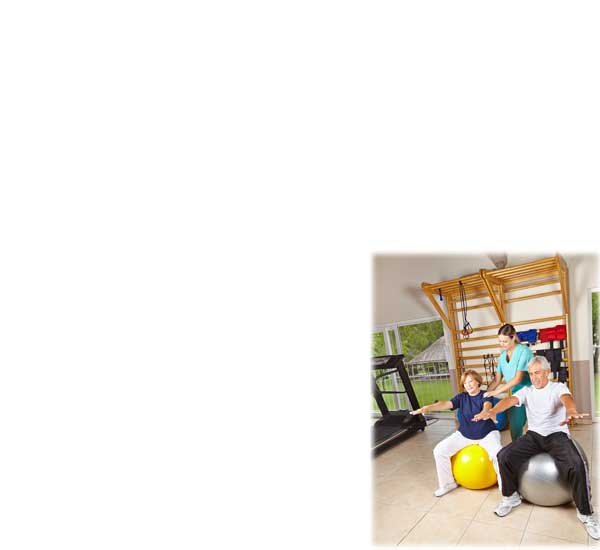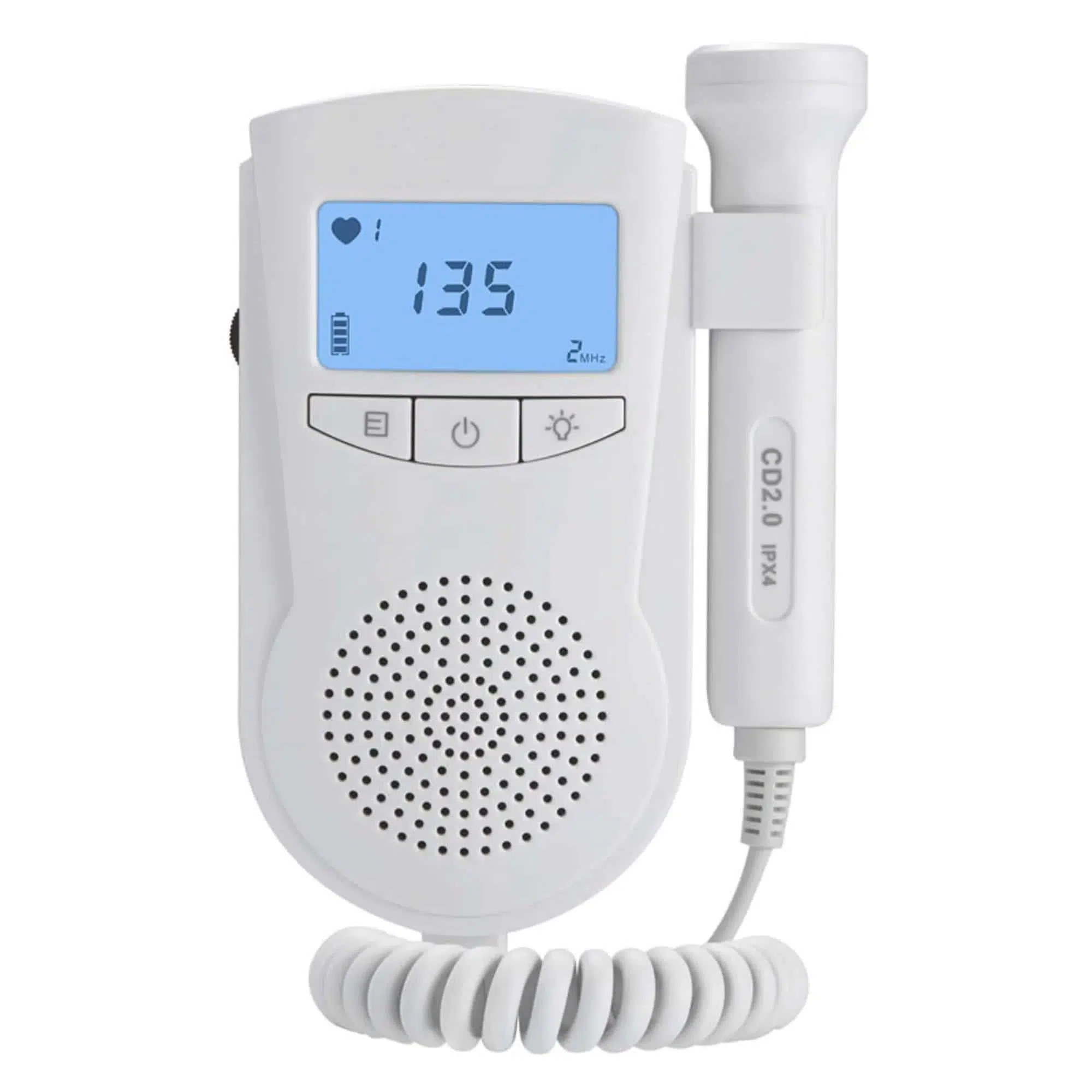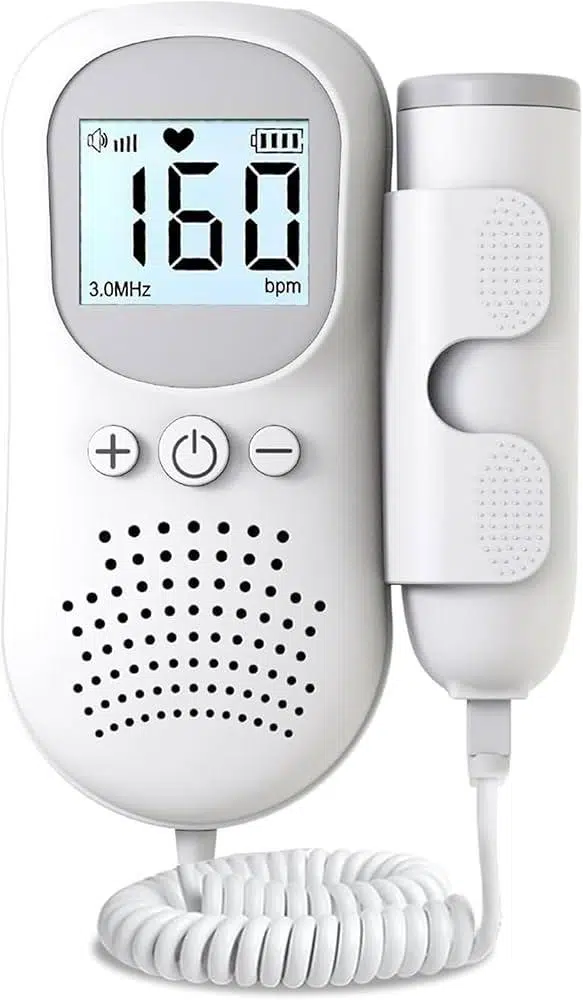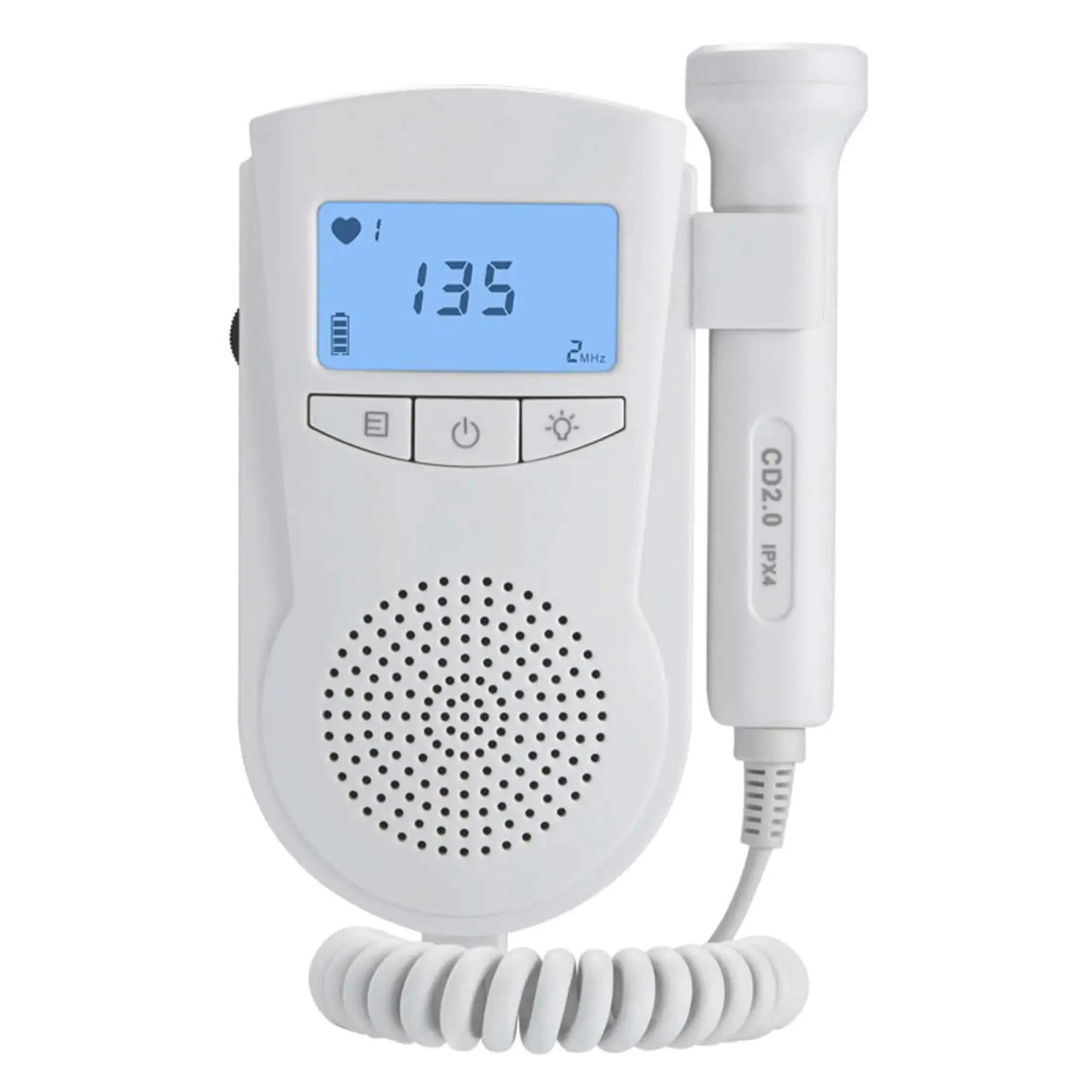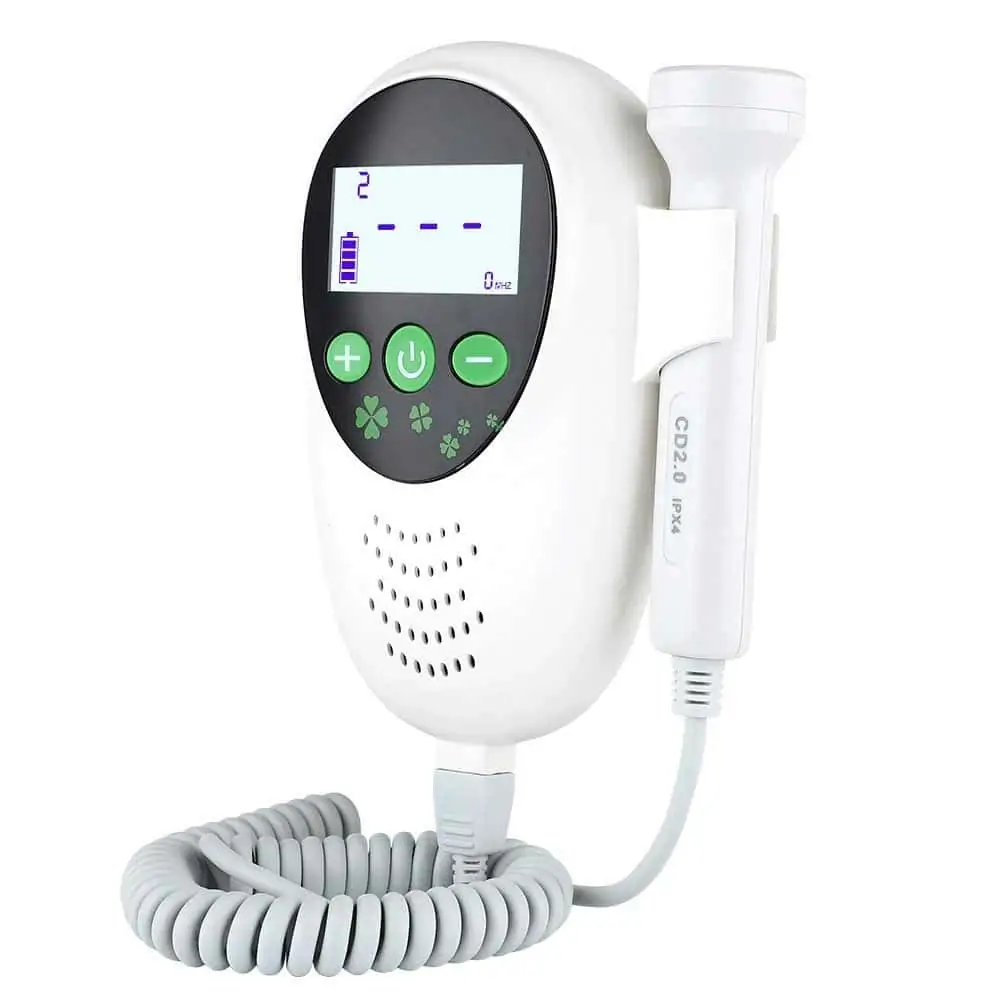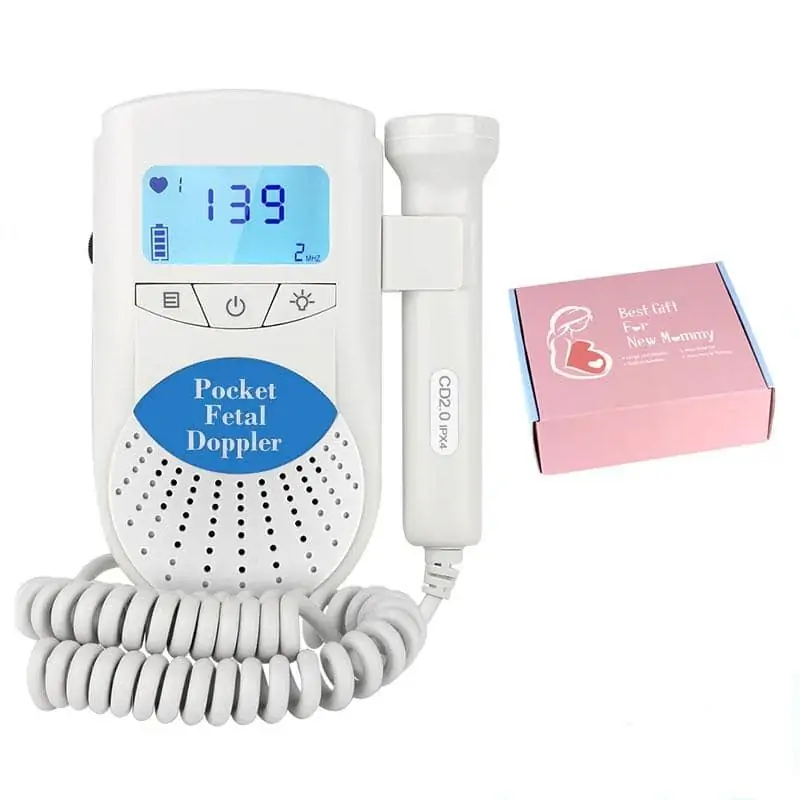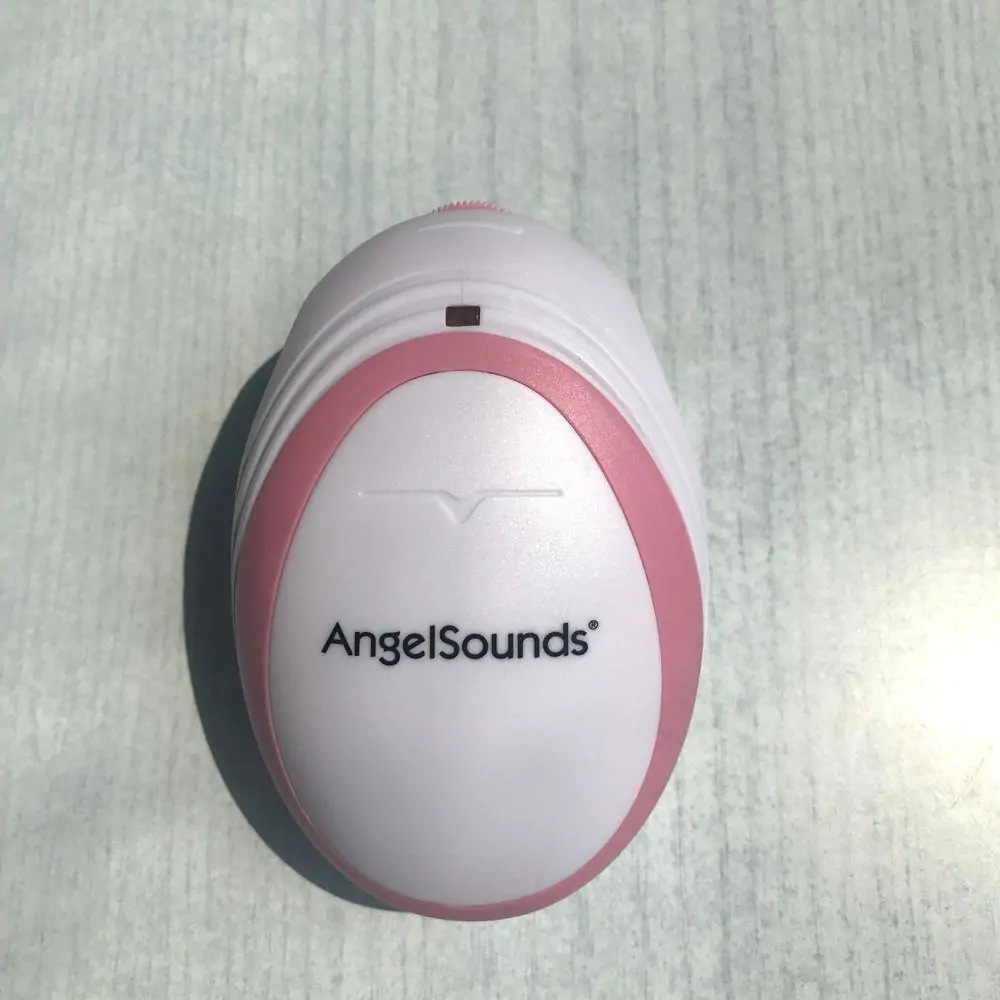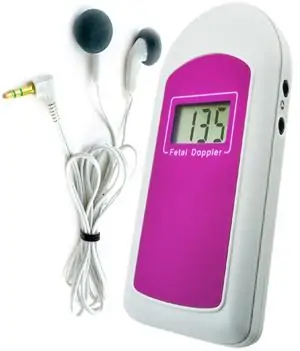Baby Heart Rate Monitor: A Comprehensive Guide for Parents Leave a comment
Baby Heart Rate Monitor
As soon as your little one arrives, ensuring their health and well-being becomes a top priority. One of the most significant aspects of infant health is monitoring their heart rate. A baby heart rate monitor can give parents the peace of mind they seek and help them keep track of their baby’s health effectively. In this article, we’ll explore what a baby heart rate monitor is, the benefits of using one, and practical tips for parents.
What is a Baby Heart Rate Monitor?
A baby heart rate monitor is a specialized device designed to track the heart rate of infants. These monitors can measure the heart rate and provide real-time feedback to parents and caregivers about the baby’s health status. Some modern devices come with features like Bluetooth connectivity, allowing you to sync data with a smartphone app for more accessible tracking and analysis.
Types of Baby heart Rate Monitors
-
- Wearable Monitors: These are typically worn on the baby’s wrist, ankle, or chest like a band. They continuously track heart rates and may include additional features like sleep monitoring.
-
- Non-Wearable Monitors: These monitors are placed in the baby’s crib or on a table nearby. They use sensors to detect the baby’s movements and heart rate from a distance.
-
- Smartphone Apps: Some apps claim to monitor heart rates using just a smartphone camera or microphone. However, their accuracy may vary compared to dedicated devices.
Benefits of Using Baby Heart Rate Monitors
Peace of Mind
One of the most significant benefits of using a baby heart rate monitor is the peace of mind it provides. Knowing your baby’s heart rate can alleviate parental worries about unexplained changes in behavior or health.
Early Disease Detection
These monitors can help you identify potential health issues early on. Sudden changes in heart rate may indicate distress, allowing parents to seek medical advice promptly.
Sleep Monitoring
Many baby heart rate monitors feature sleep-tracking capabilities that can help assess sleep patterns. This is particularly useful in understanding how well your baby is sleeping and if they might potentially be at risk for Sudden infant Death Syndrome (SIDS).
Convenient data Tracking
Modern devices often come equipped with user-amiable apps that allow parents to store and analyze historical data, providing valuable insights into their baby’s health over time.
How to Use Baby Heart Rate Monitors: Practical Tips
- Choose the Right Monitor:
– Consider your lifestyle, budget, and the features you deem necessary. Wearable monitors might potentially be more suitable for active families, while non-wearable monitors might be more convenient for stationary use.
- Follow Instructions:
– Always read and adhere to the manufacturer’s instructions for proper usage and care. Incorrect usage can lead to inaccurate readings.
- Regular Monitoring:
– Make it a habit to check your baby’s heart rate regularly. Note any unusual patterns and consult a healthcare professional if necessary.
- Check for Comfort:
– Ensure that any wearable device is comfortable for your baby. Look for materials that are gentle and do not irritate the skin.
- Data Review:
– Regularly review the saved data in your monitoring app or device to notice any changes over time. Discuss notable trends with your pediatrician.
Case Study: Real-Life Experience with a Baby Heart Rate Monitor
Background
Maria, a new mother from Colorado, shares her experience with a baby heart rate monitor. After her son, Alex, was born, she was initially overwhelmed by the responsibilities of motherhood.
The Experience
“In the first few weeks, I found myself constantly worrying about Alex’s health,” Maria recalls.”I decided to invest in a wearable heart rate monitor, and it made a world of difference. I could easily track his heart rate, and it ensured me that he was in good condition.”
Conclusion
Maria noticed significant changes in Alex’s sleeping patterns after using the device. The monitor provided her with valuable insights, which led to early discussions with their pediatrician about sleep training and safer sleeping positions.
Features to Look for in Baby Heart Rate Monitors
When choosing a heart rate monitor, consider the following features:
| Feature | Description |
|———————-|———————————————————|
| Real-Time Monitoring | Provides instant feedback on heart rate fluctuations. |
| Data Storage | Allows data to be stored and analyzed over time. |
| Sleep Tracking | Monitors sleep patterns and provides recommendations. |
| Mobile App | A smartphone app to track data and receive alerts. |
| Comfort | Soft materials that ensure comfort for your baby. |
| Battery Life | Long-lasting battery to avoid frequent recharges. |
Potential Concerns about Baby Heart Rate Monitors
While baby heart rate monitors offer many benefits, there are some potential concerns to keep in mind:
-
- Over-Reliance: Parents may become too dependent on the monitor, leading to increased anxiety if they perceive abnormal readings.
-
- False Alarms: Some devices may generate false alarms, causing unnecessary stress for parents.
-
- Privacy and data Security: While many monitors sync with mobile apps, ensure that your data is stored securely to protect your family’s privacy.
Conclusion
A baby heart rate monitor can be a valuable tool for parents who wish to keep a close eye on their baby’s health during those critical early months. While these devices offer peace of mind and valuable insights into your little one’s health, it’s essential to understand how to use them correctly and avoid potential pitfalls.
If you are considering investing in a baby heart rate monitor, remember to select a model that suits your needs and lifestyle. Educate yourself about the best practices for usage, and consult your pediatrician to ensure you’re getting the most accurate and relevant information regarding your baby’s health.
By being proactive and informed, you can enjoy those precious moments with your newborn while keeping their health in check!



